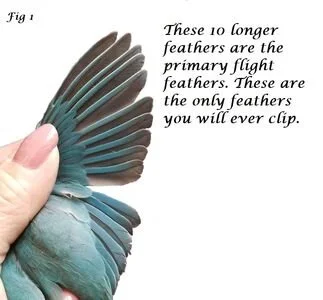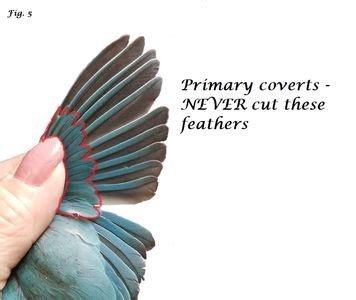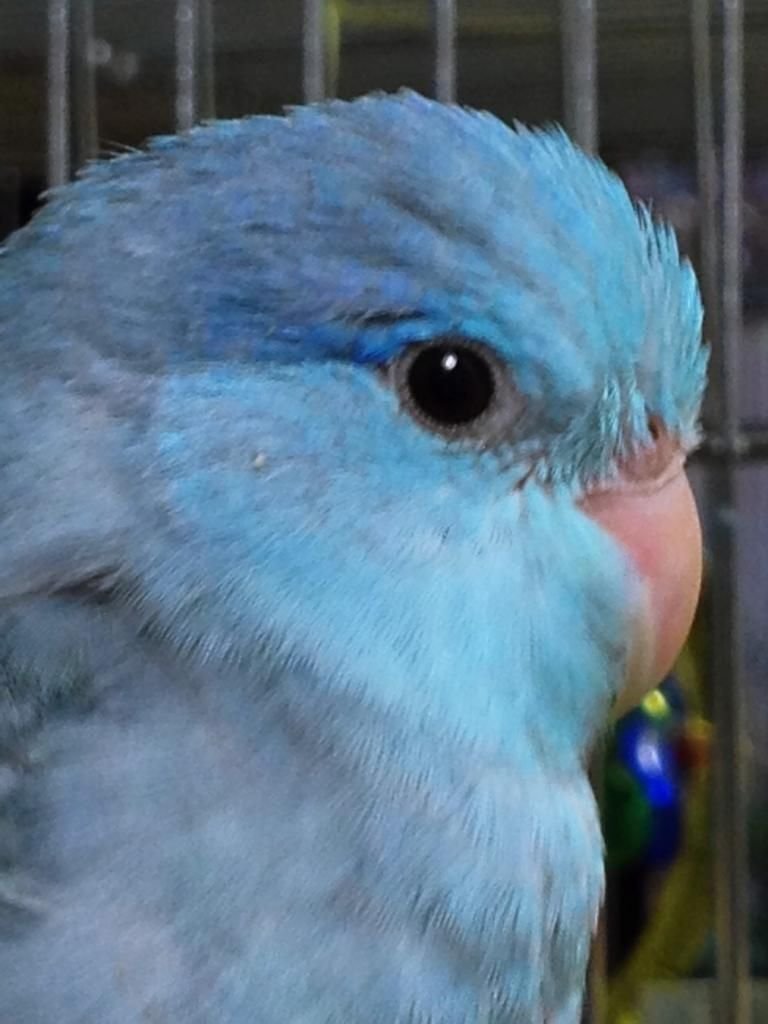Dieting and nutrition
Babies at The Cuddle Nest are weaned onto high-quality pellets (we use Rowdy Bush crumbles), either a Cockatiel or Hookbill seed mix (NO SUNFLOWER SEEDS), egg food, and fresh fruits and veggies. The egg food is removed from their diet as more fresh fruits and vegetables, cooked rice, quinoa, pasta, and other treats are introduced. Millet is amply provided when they are young and then given less often as a treat as they get older.
One very important supplement to always have on hand is Calcium. This can come in powder form sprinkled on fresh fruit and vegetables. Or as a liquid dropped into a water dish. Calcium is vital for feather and bone health. At any sign of feather loss or plucking, provide Calcium supplements. And if your baby is female, she will need this supplement when she is laying eggs to help avoid egg binding and health issues. There is no need to offer Calcium daily unless there is a health issue to be addressed. Daily it’s best to provide cuttlebone (calcium treat available) and mineral cubes inside the cage.
Wing clipping
We provide each baby their own timeline on fledging and fully forming their flight development, providing them this vital time to let their bodies grow appropriately as well as their confidence and strength. We successfully introduce them to windows and doors and help them gain awareness of indoor hazards. Upon request, we’ll skip wing clipping if you prefer a fully flighted friend. We also can recommend if the Parrotlet you’ve chosen may be better off clipped or flighted based on their personality, ability, and human connection. Most often, for safety and taming reasons, it’s best to keep these little ones clipped. Occasionally, a very self-aware, smart, and sweet baby will demonstrate that they can maintain their sweetness and safety while remaining fully flighted, taking the bond to the next level and flying across the room to land on your shoulder for cuddles and conversation. Our wing clipping approach is conservative; less is more. We only clip the first 4 or 5 flight feathers, so they are still able to fly several feet, to protect them from injury both in falls and potentially with other household pets.
taming and maintainance
Parrotlets are highly intelligent, being the world’s smallest parrot, they have that sharp mind and bold personality you so often find in the parrot breeds. And being so tiny, they can most definitely display a Napoleon complex! To help your Parrotlet remain bonded and sweet as pie it’s important to give them daily attention – even 15 minutes of sitting on your shoulder while you work, or talking with them while they’re in their cage or every time you walk by, having perch places they can safely hang out in rooms, letting them cuddle in your hands at night by the tv, or go more full out and get a bird backpack and take them outdoors on a walk, to the park, or on vacation with you on a plane…go crazy!
Most parrotlets will turn into angsty teens, just like humans do when they hit adolescence. This is a phase! And it’s totally manageable. If your Parrotlet begins to display a more aggressive attitude or suddenly likes to screech when you walk by, keep your patience and continue to maintain the bond by spending time together and talking to your Parrotlet. Positive reinforcement does work, too. This time shall pass!
If you love your Parrotlet so much that you want another one, or you feel like your Parrotlet would enjoy having a friend, please proceed cautiously. Parrotlets are known to be territorial in nature and in captivity. Introducing a new Parrotlet can be dangerous and must be done slowly and safely. It is possible to have more than one Parrotlet. Often times they have their own cages and spend time peacefully together outside their houses, on your shoulder, or on a house perch. Sometimes they can exist peacefully together in the same cage, too. Every situation is different, and it takes care and time to determine the best setup. When introducing a new Parrotlet, put them in cages next to each other for a couple of weeks and let them get to know one another from a distance. Then slowly begin to let them meet on your hand or on a perch outside their cages. In time, they’ll let you know to what degree they are willing and able to bond with one another. Typically opposite sexes will bond the best.
talking parrotlets
A majority of our babies learn to speak at a young age as they mimic their very verbal father, who passes phrases down through the generations. I’ve found the easiest way to teach a Parrotlet to talk is to record yourself repeating a phrase over and over again for at least five minutes. Play back the recording when you leave the house every day, and your bird will be talking in no time. Play this on a loop playback if possible.





